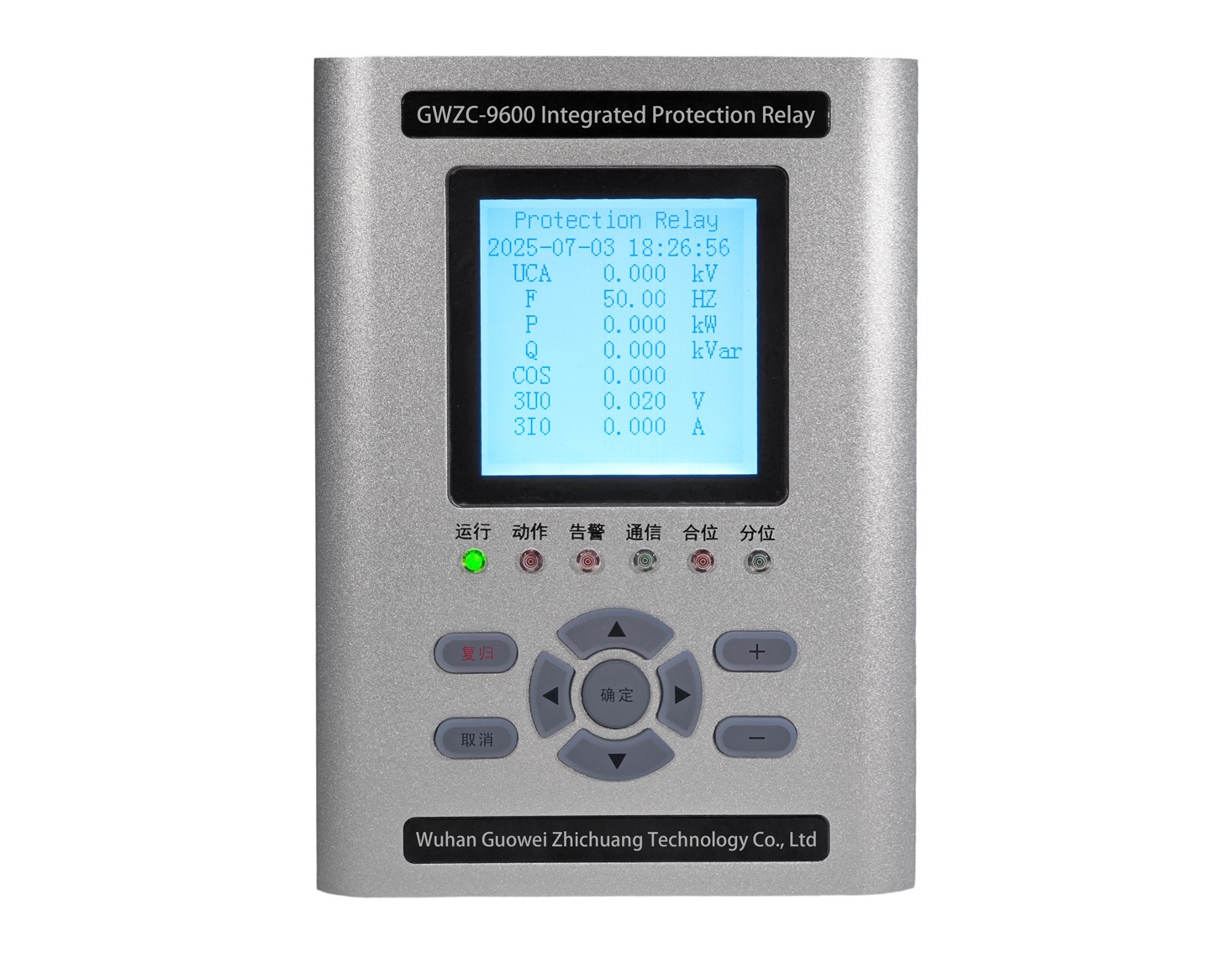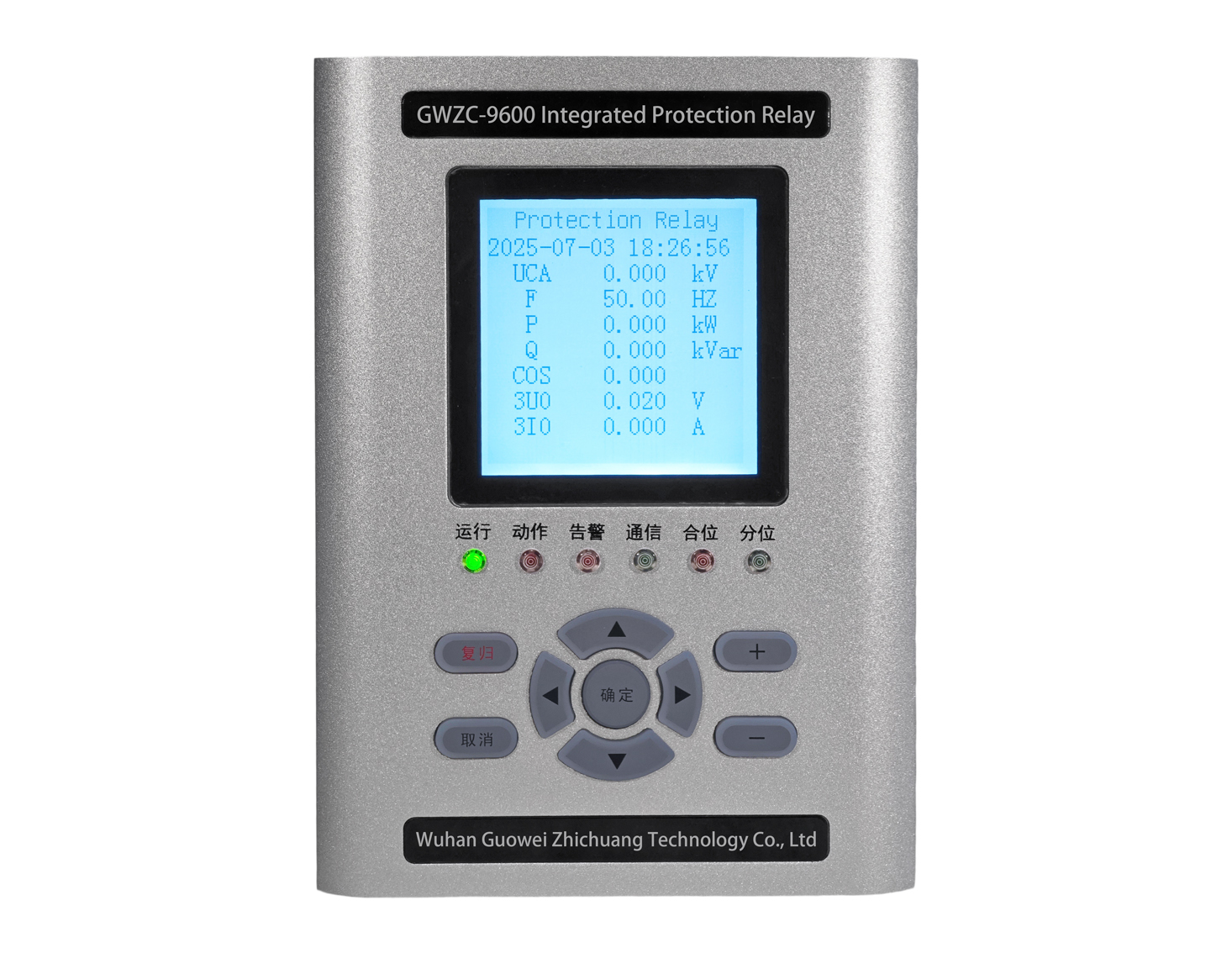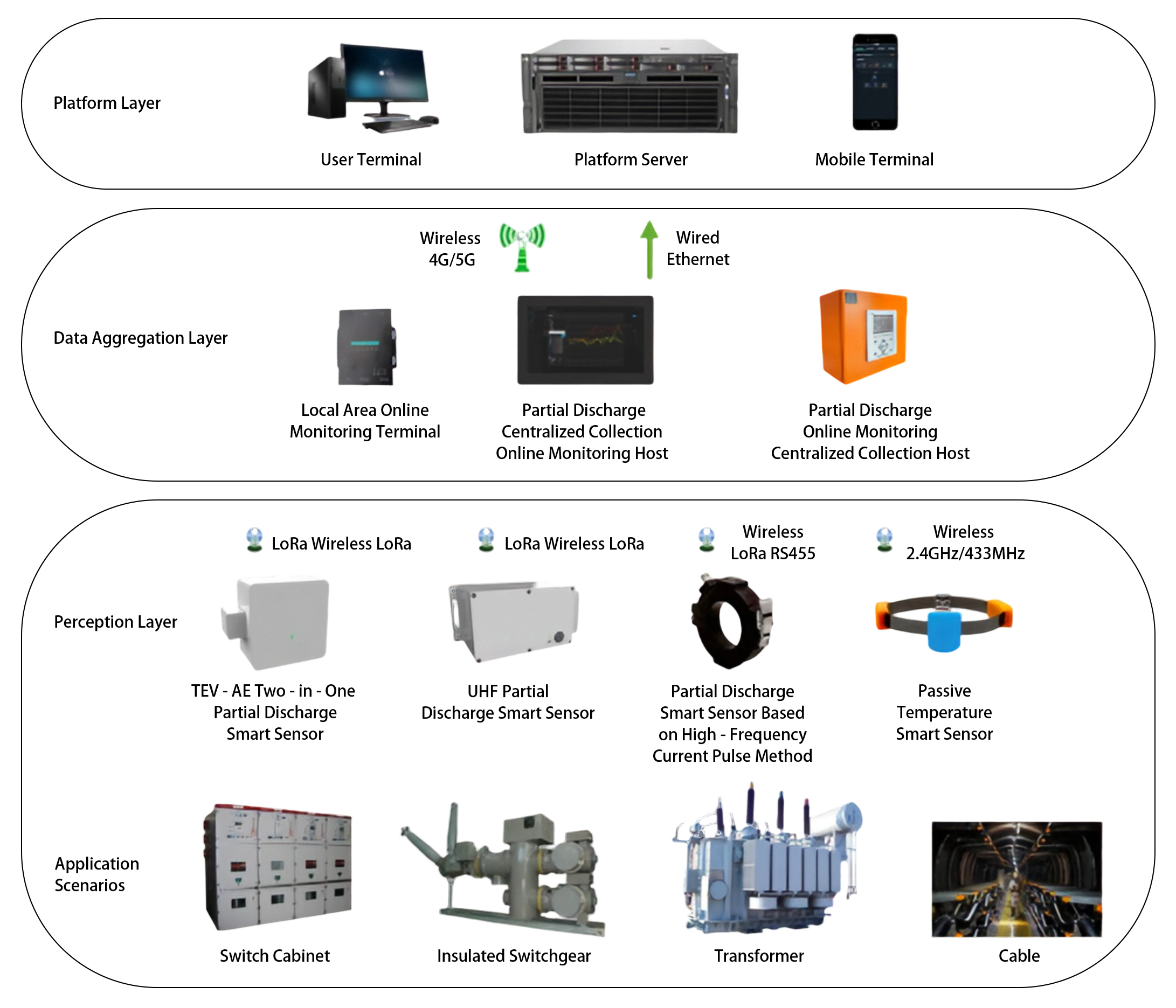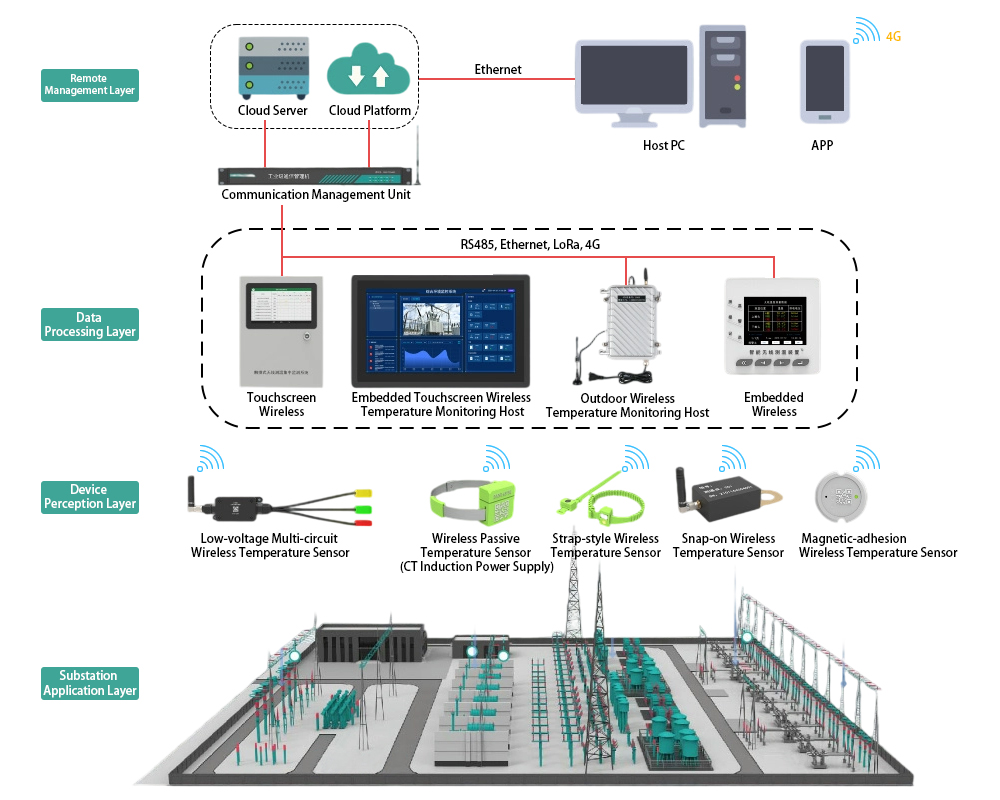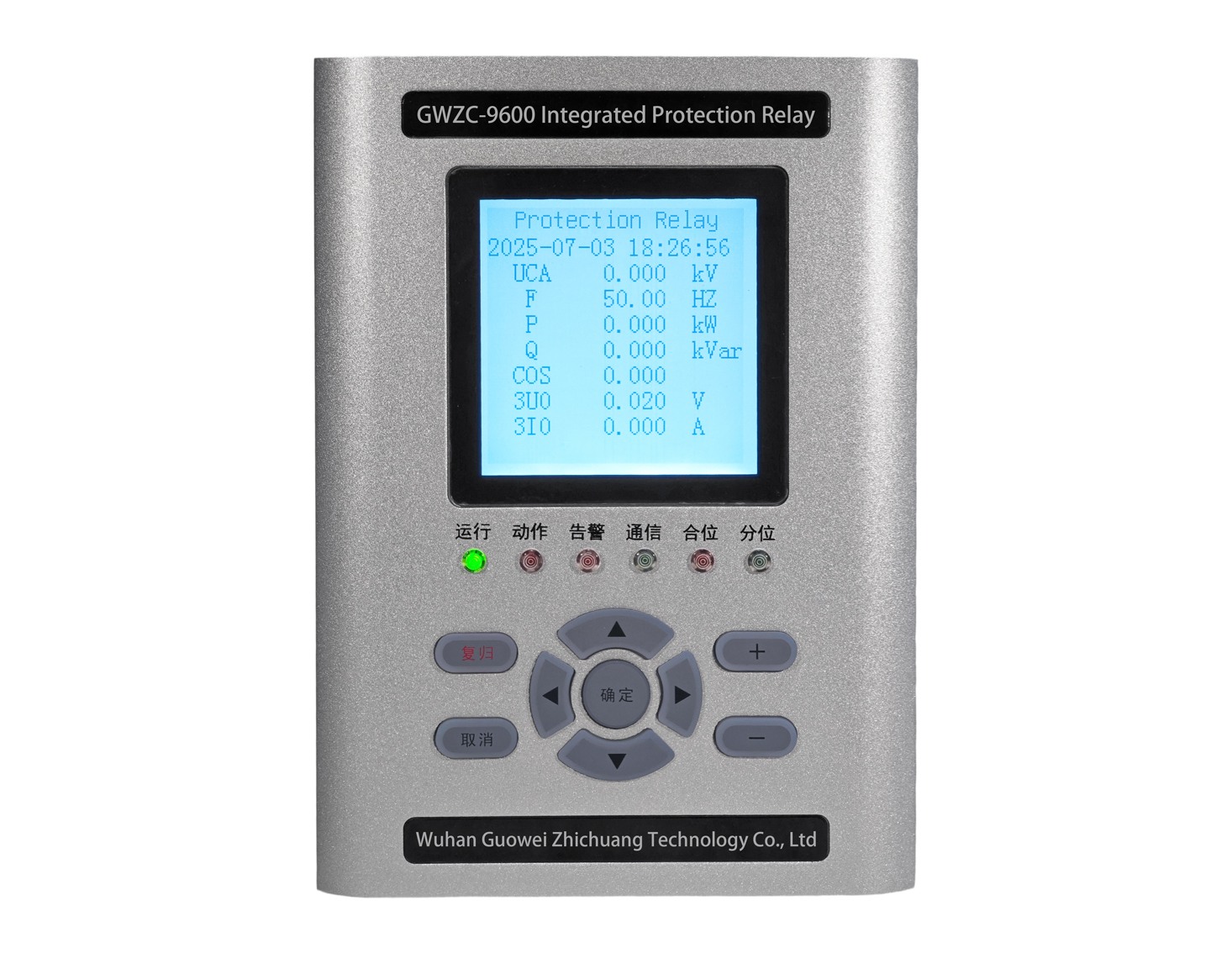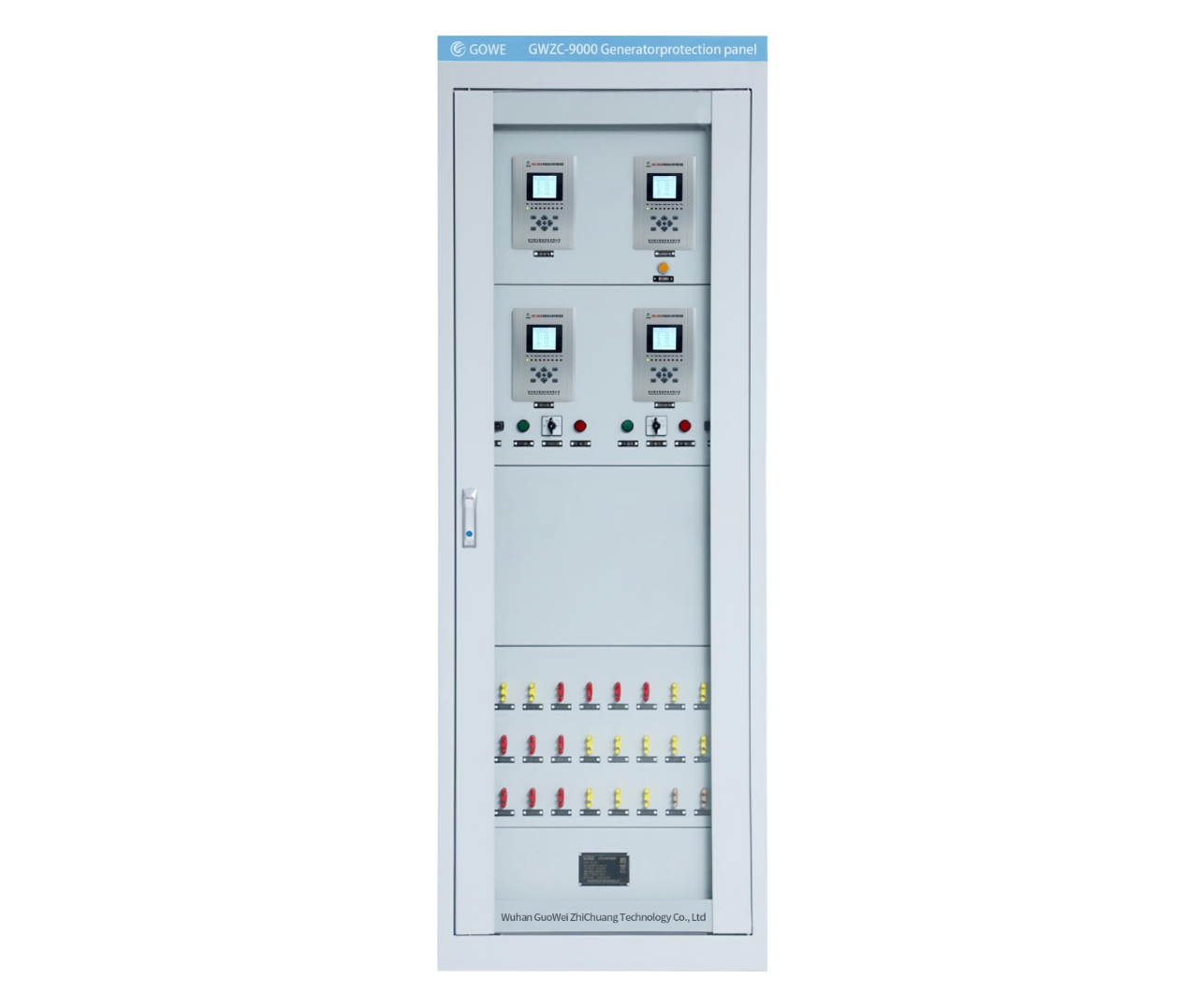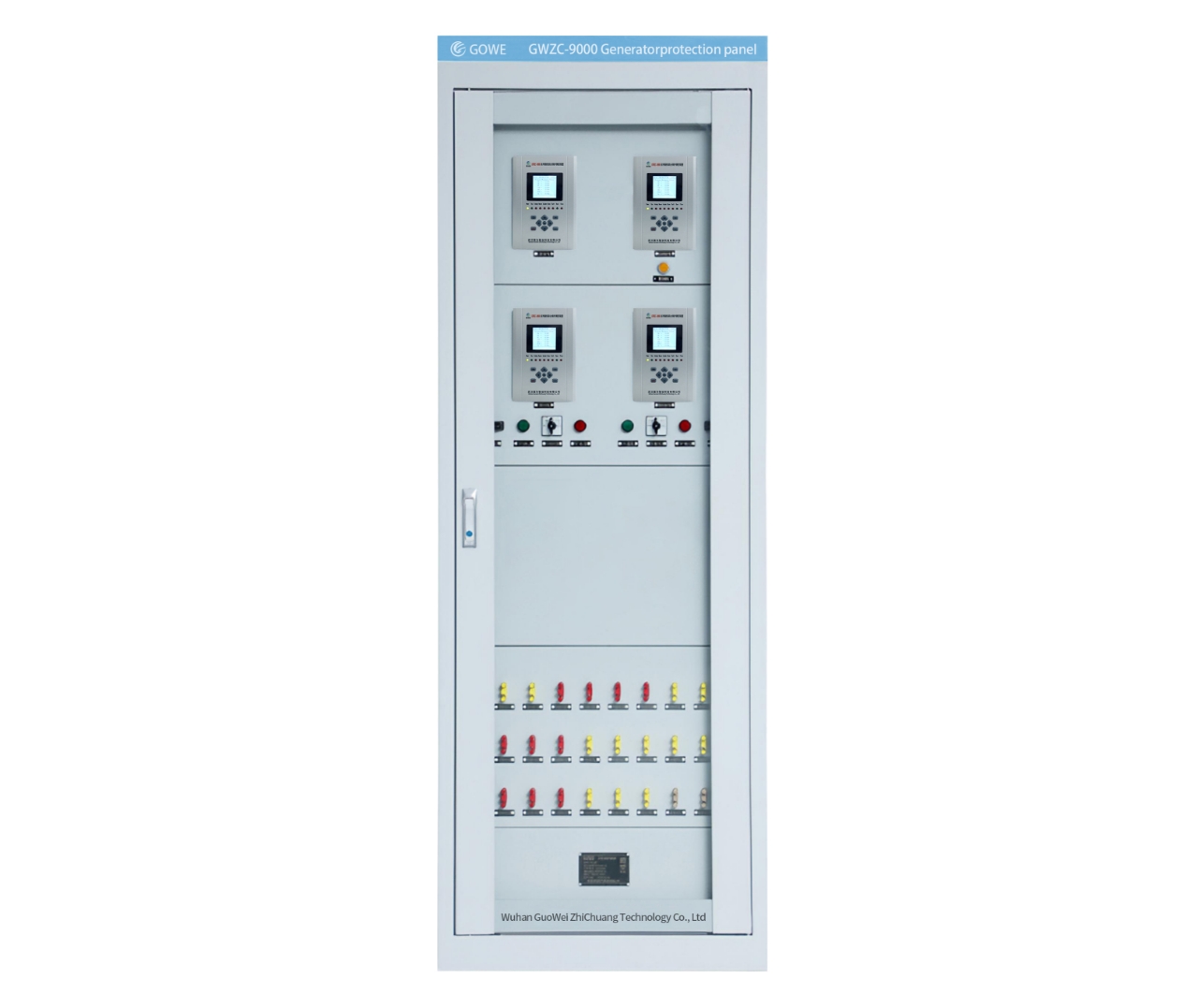
Introduction to Distance Protection
Distance protection is a core protection method for high-voltage transmission lines, implemented using distance protection relays that determine fault location by measuring the impedance between the fault point and the protection installation point and executing tripping accordingly.
Working Principle of Distance Protection
Impedance Measurement Principle in Distance Protection:
Basic formula: Z= V /I(measured impedance)
Uses hexagonal characteristic impedance relays (R-X plane)
Typical protection zone settings:
Zone Ⅰ: 80-85% of line length (instantaneous operation)
Zone Ⅱ: 100% of own line + 50% of adjacent line (0.3-0.5s delay)
Zone Ⅲ: Backup protection (1-3s delay)
Key Technologies in Distance Protection:
Directional discrimination (prevents maloperation for reverse faults)
Power swing blocking (prevents tripping during system oscillations)
PT/CT failure detection
Application Scope of Distance Protection
Voltage levels: 110kV and above transmission lines
Line length: Overhead lines >10km
Particularly suitable for:
Multi-terminal power supply systems
Ring network configurations
Long-distance heavily loaded lines
Key Functions of Distance Protection
Fault Location in Distance Protection: Accurately determines whether a fault is within the protection zone
Fast Isolation in Distance Protection: Zone Ⅰ operates in typically <30ms
Backup Protection in Distance Protection: Provides a complete graded protection scheme
Practical Considerations for Distance Protection
Setting Calculation in Distance Protection:
Must consider: Line parameters, system impedance, coordination with adjacent line protection
Typical settings (example for 220kV line):
Z Ⅰ =0.85×Z line
Z Ⅱ =1.2×(Z line +0.5×Z next )
Z Ⅲ =1.2×(Z line +Z next +Z transformer)
Troubleshooting Common Issues in Distance Protection:
False Tripping in Distance Protection:
Check CT/PT polarity
Verify secondary circuit wiring
Test relay characteristic curve
Failure to Trip in Distance Protection:
Measure secondary voltage/current
Check relay power supply
Test trip circuit
New Technology Applications in Distance Protection:
Digital protection (sampling rate ≥16 samples/cycle)
Pilot-aided distance protection (communication-assisted)
Adaptive distance protection (dynamic adjustment of characteristics)
